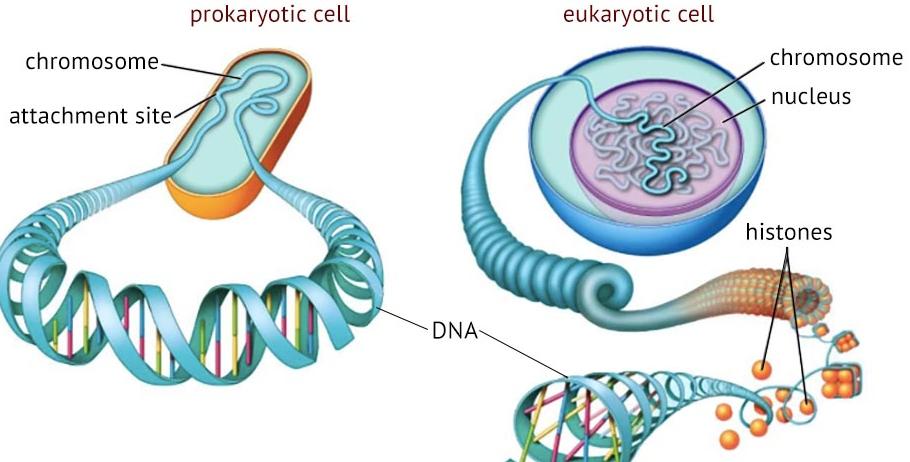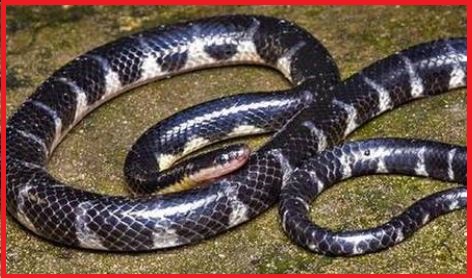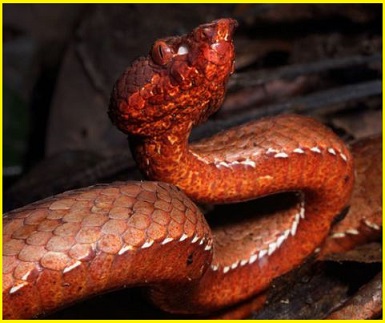Updated By: LatestGKGS Desk
Chromosome: Definition, Types, Structure, Functions, Role, Significance

Chromosomes: Introduction, Types of chromosomes, roles in the cell, works, and importance
A chromosome is a single, long fragment of DNA. These highly standardized structures conserve genetic information in living organisms. Modest segments of the chromosome, called genes, code for the RNA and protein molecules needed by an organism.
In some organisms, like humans, chromosomes are linear, but in other organisms, like bacteria, chromosomes are typically circular.
In prokaryotes, the circular chromosome is contained in the cytoplasm in an area called the nucleoid. In contrast, in eukaryotes, all of the cell's chromosomes are stored inside a structure called the nucleus.
Each eukaryotic chromosome is composed of DNA coiled and condensed around nuclear proteins called histones. Humans inherit one set of chromosomes from their mother and the second set from their father. In total, most human cells contain 46 chromosomes with 22 pairs of autosomes, or non-sex chromosomes, and two sex-determining chromosomes.
The sex chromosomes in humans are called X and Y. Females carry two X chromosomes, while males carry one X and one Y chromosome. Cells of the body that contain two sets of chromosomes are called diploid.
Chromosomes are often observed and depicted as X-shaped structures. Human chromosomes can be differentiated from one another under a microscope by their lengths and by the position of the centromere.


